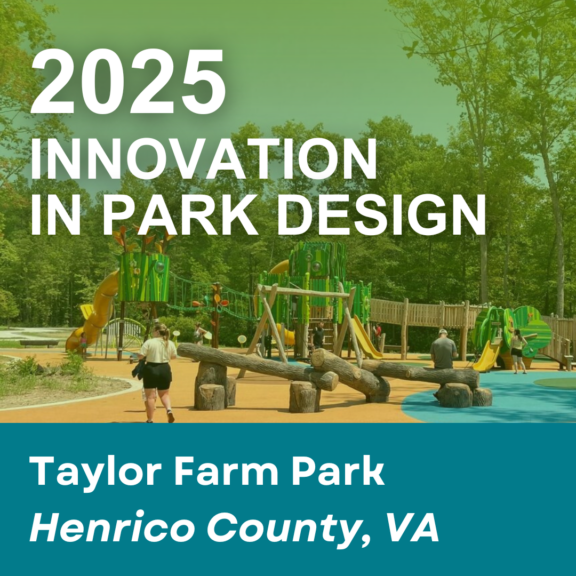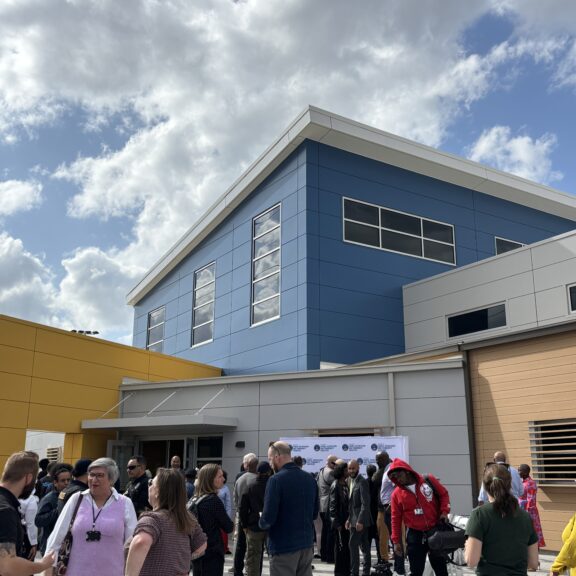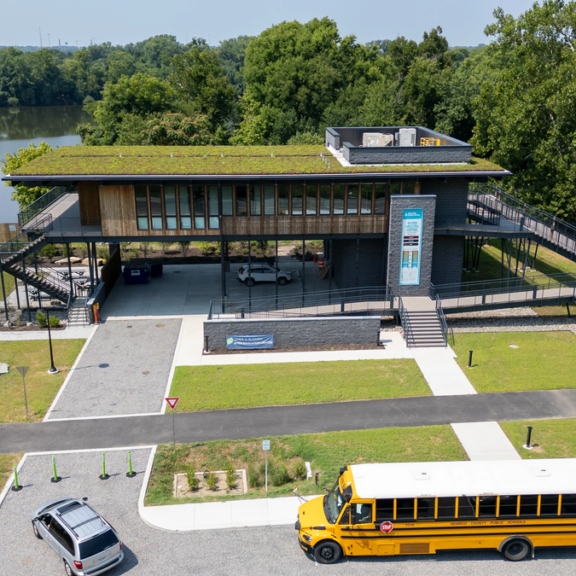As we navigate the complexities of sustainable energy solutions, it’s important to consider the direct benefits of renewable technologies like solar power and their broader ecological impacts. One concept that has the industry excited is integrating pollinator habitats under and around solar arrays. By creating a mutually beneficial ecosystem between solar panels and pollinators, we can generate renewable energy while protecting and nurturing the natural world around us.
To learn more about the reciprocal relationship between renewable energy and biodiversity, I spoke with Bryan McKnight, a project manager on Timmons Group’s landscape architecture team.

With a diverse portfolio spanning from master-planning endeavors to the development of solar farms, Bryan navigates projects from conception to construction. He also possesses a deep understanding of sustainability within landscape architecture, actively collaborating with organizations like the Department of Energy and Environment (DOEE) and the Anacostia Watershed Society on their RiverSmart programs. These initiatives focus on enhancing water quality and fostering community engagement throughout the D.C. region.
During my conversation with Bryan, he emphasized the importance of incorporating pollinator habitats into solar projects. By utilizing otherwise unused land, pollinator habitats provide invaluable benefits to solar farms, reducing solar operations and maintenance while supporting the environment and surrounding communities. These habitats support threatened species while fostering synergies with adjacent farmland, which can enhance crop pollination and improve agricultural productivity, benefiting farmers and food security. Moreover, these initiatives reflect the commitment of project developers to reduce the environmental impact of their projects.
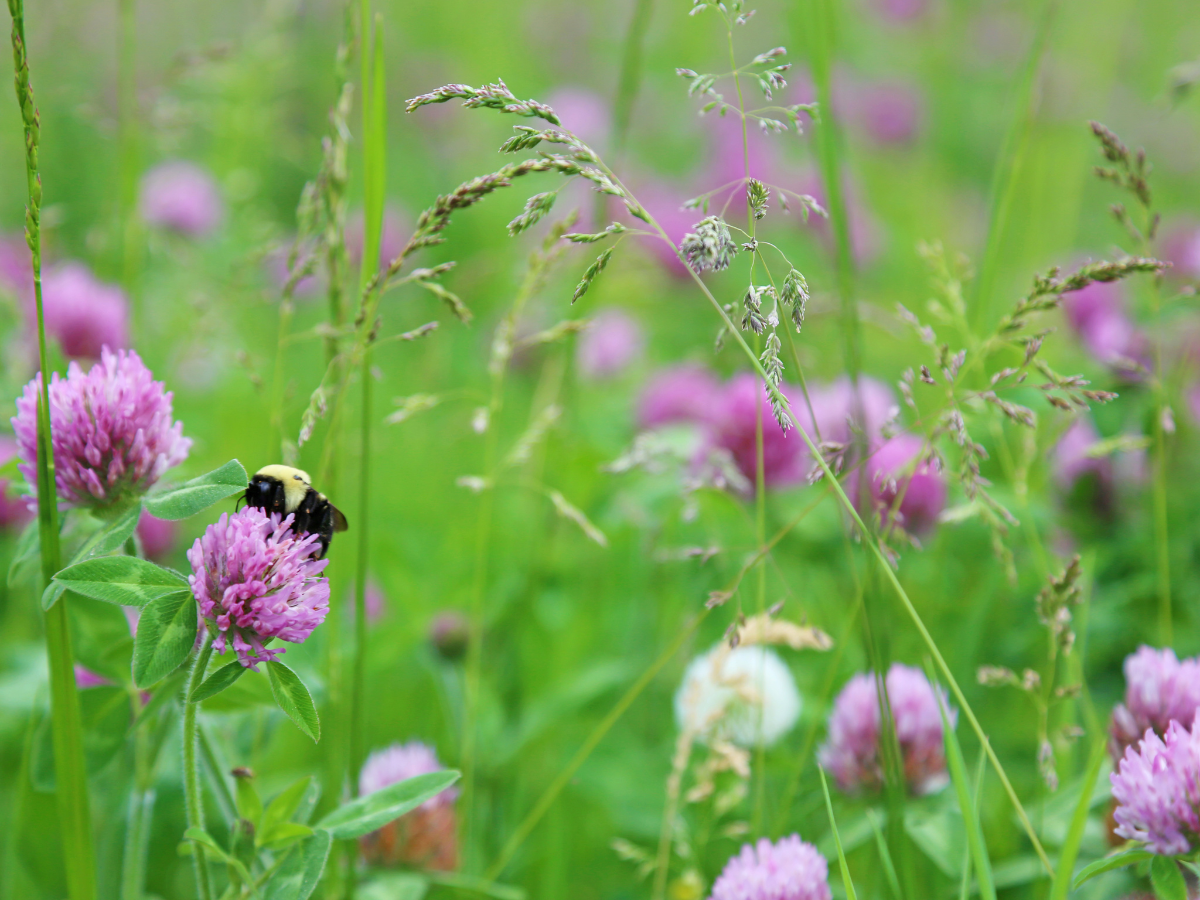
In designing these habitats, Bryan notes the importance of tailoring seed mixes to the project region by using plants native to the area. Many native plants have co-evolved with local pollinators, which is critical for the reproduction of native plant species and the overall health of the ecosystem. Native plants also aid in natural stormwater management by controlling erosion and reducing water runoff and flooding.
Landscape architects craft seed mixes that will complement the functional requirements of solar arrays. Concerns regarding shading and maintenance require careful selection of plant species that thrive in the unique microclimates created by solar arrays. By leveraging a combination of shorter flowering plants like partridge pea underneath panels and taller plants like goldenrod away from panels, landscape architects can help minimize potential conflicts with solar panel operations. This approach emphasizes the intricate balance between ecological conservation and practical considerations in the design process.
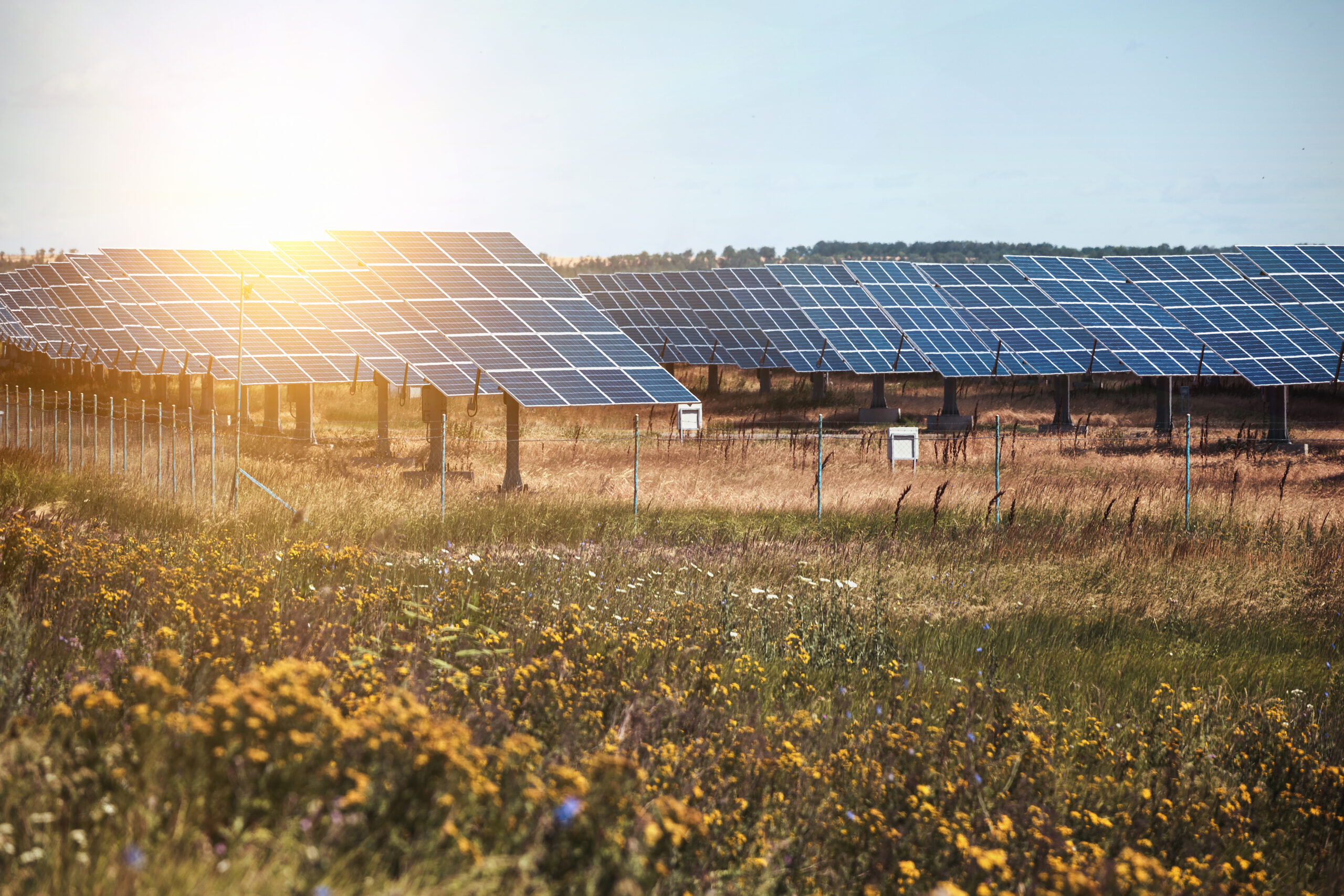
One notable project Bryan shared with me is the development of a solar site at Catholic University in Washington D.C. Producing approximately 10,000 megawatt-hours of clean energy per year, this will soon be the largest solar array in the D.C. area. Our landscape architecture team is collaborating with Catholic University to design habitats beneath the panels for various pollinators, including bees, butterflies, hummingbirds, and other similar species, contributing to the biodiversity and overall health of the ecosystem.
In recent years, our team has seen the emergence of programs aimed at promoting best practices in pollinator habitat design. For instance, Virginia’s Department of Conservation and Recreation (DCR) certification provides a framework for evaluating the ecological performance of solar projects based on criteria such as ground cover diversity and pesticide usage. This regulatory landscape reflects a growing awareness of the importance of integrating environmental conservation efforts into renewable energy infrastructure development.
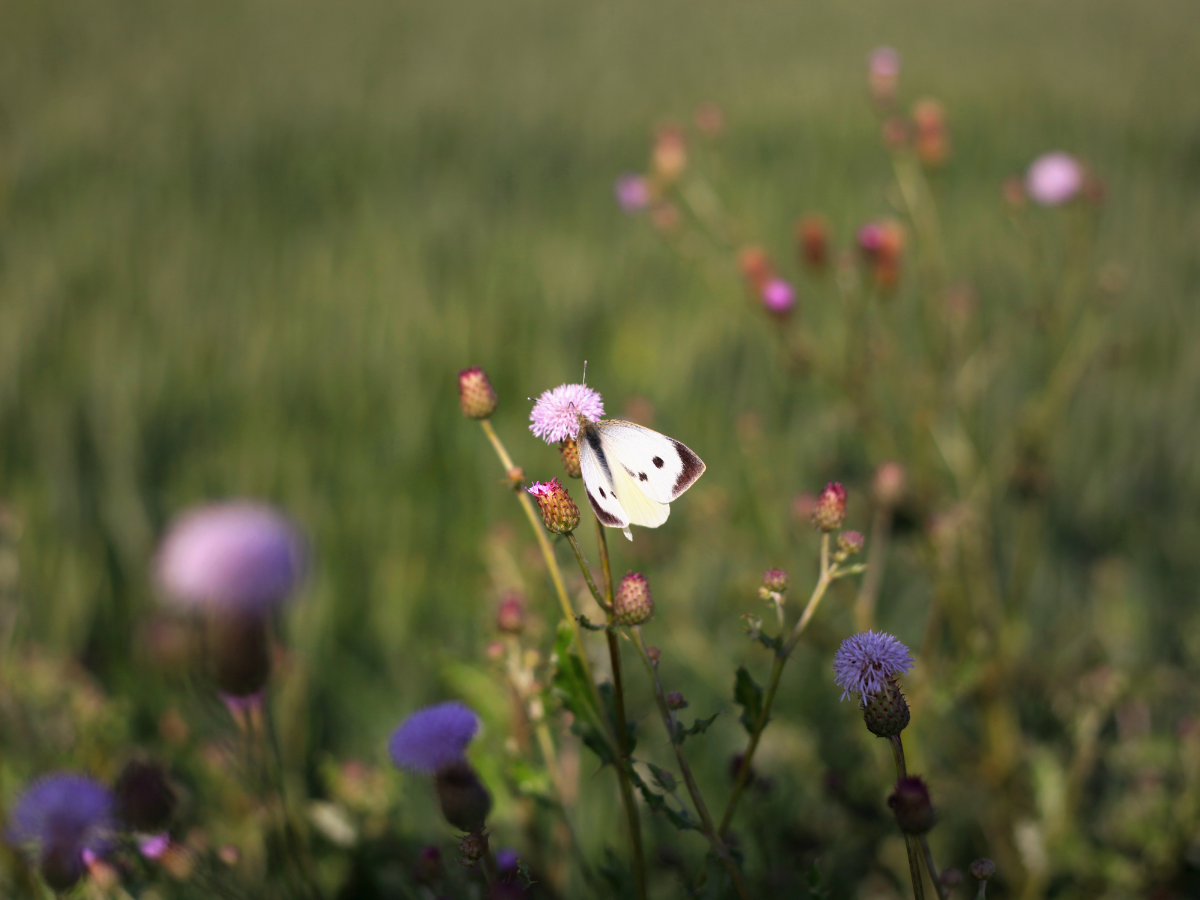
Beyond compliance with regulatory requirements, these habitats represent a commitment to the stewardship and sustainability of our local communities. The benefits of pollinator habitats with solar arrays are multifaceted, encompassing ecological conservation, agricultural synergy, and even economic benefits. By embracing innovative approaches to renewable energy development, we can pave the way for a greener, more biodiverse future.


